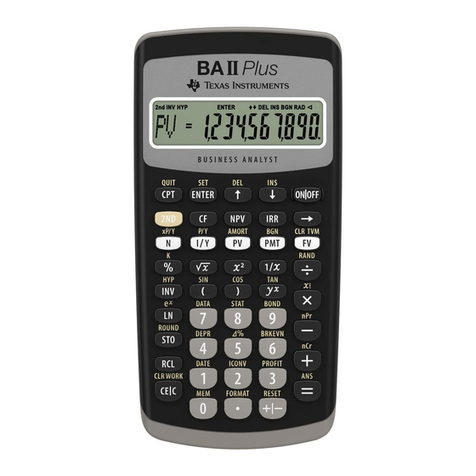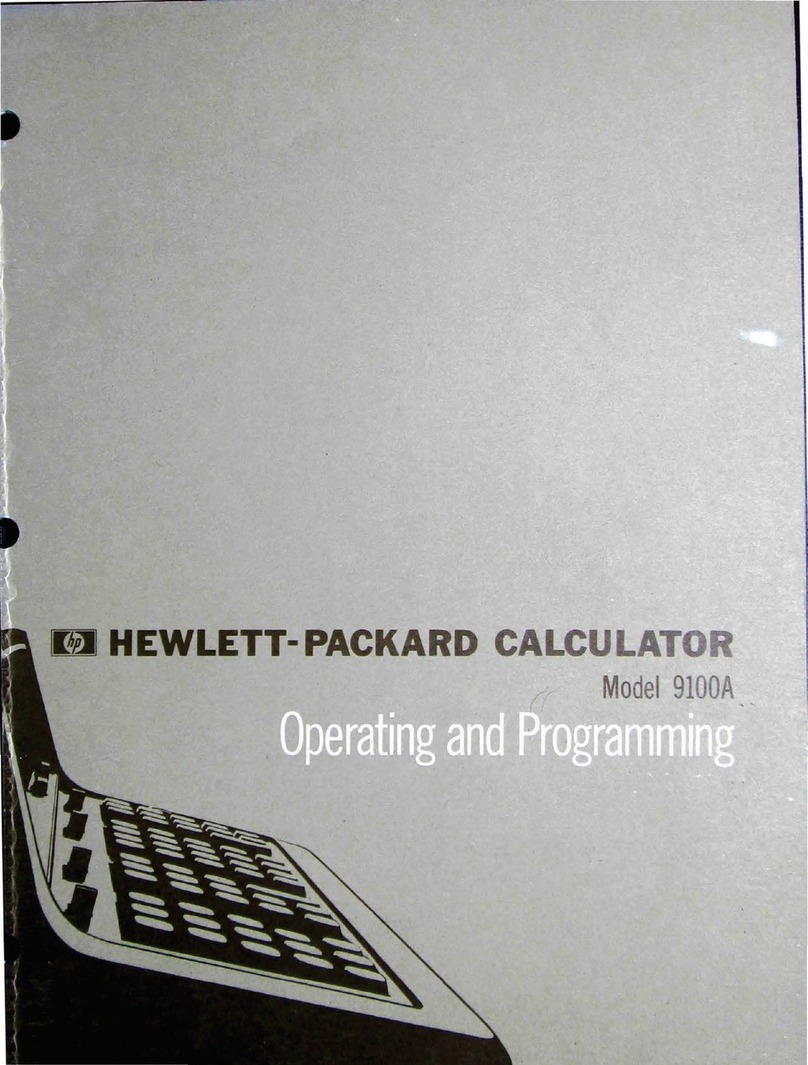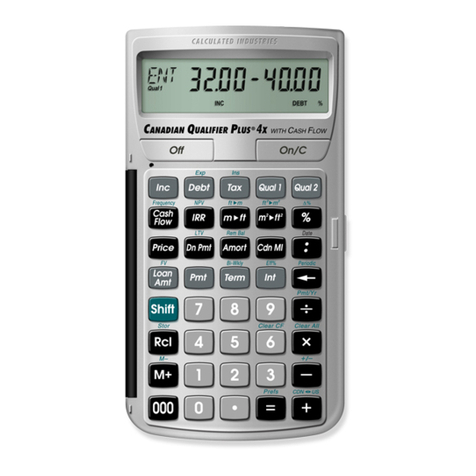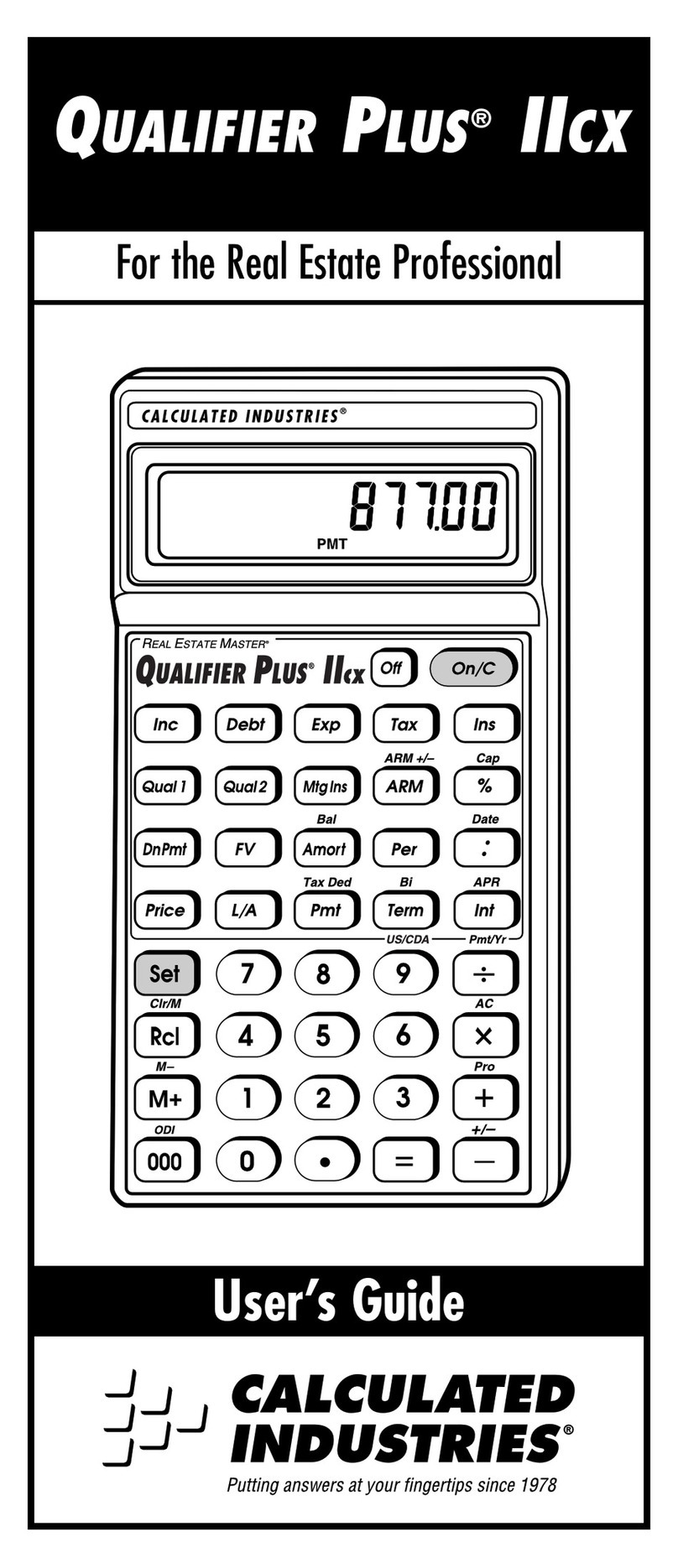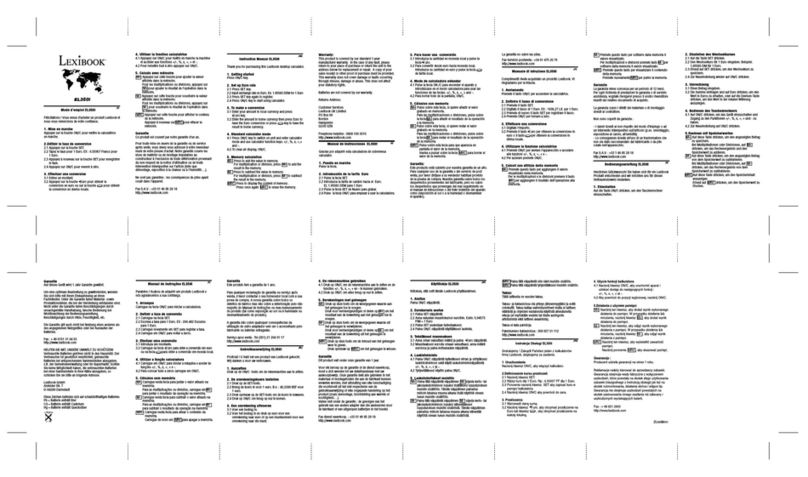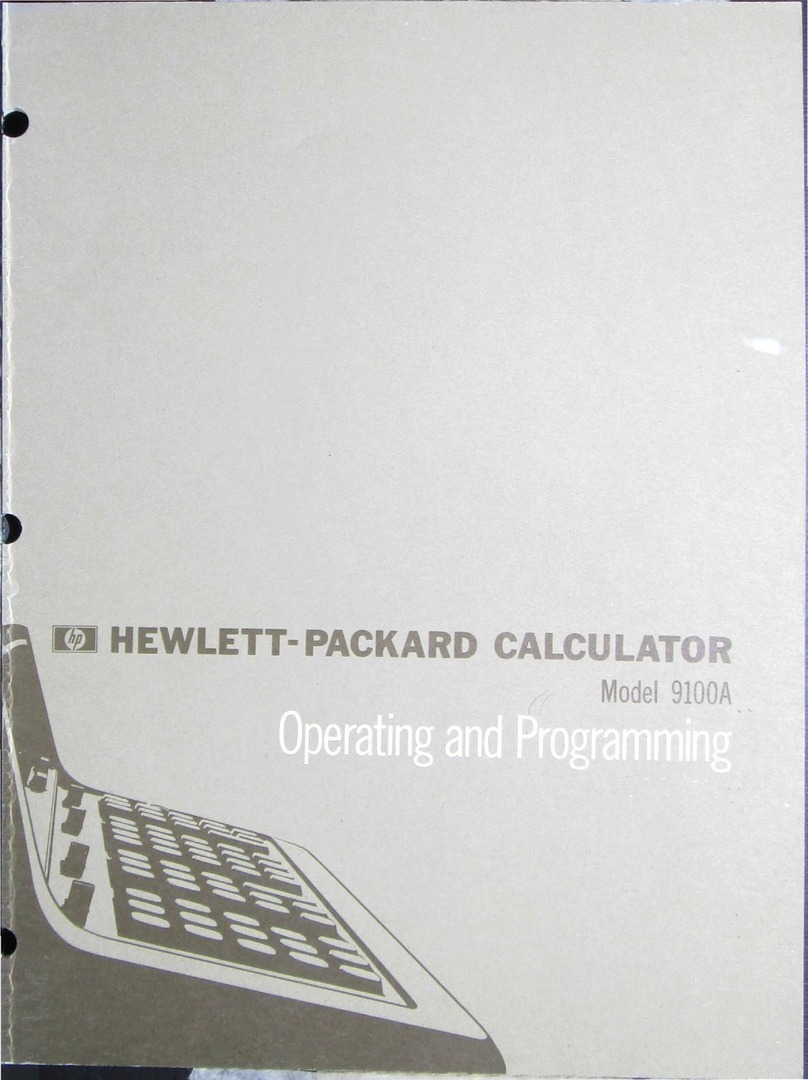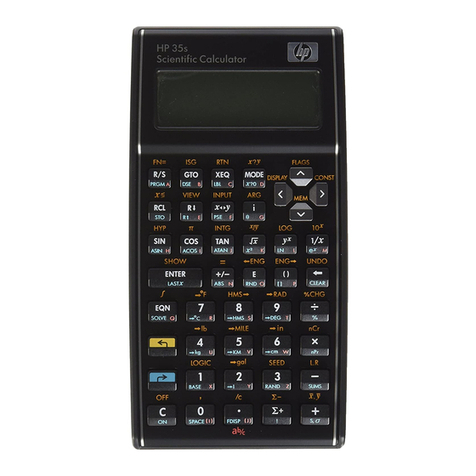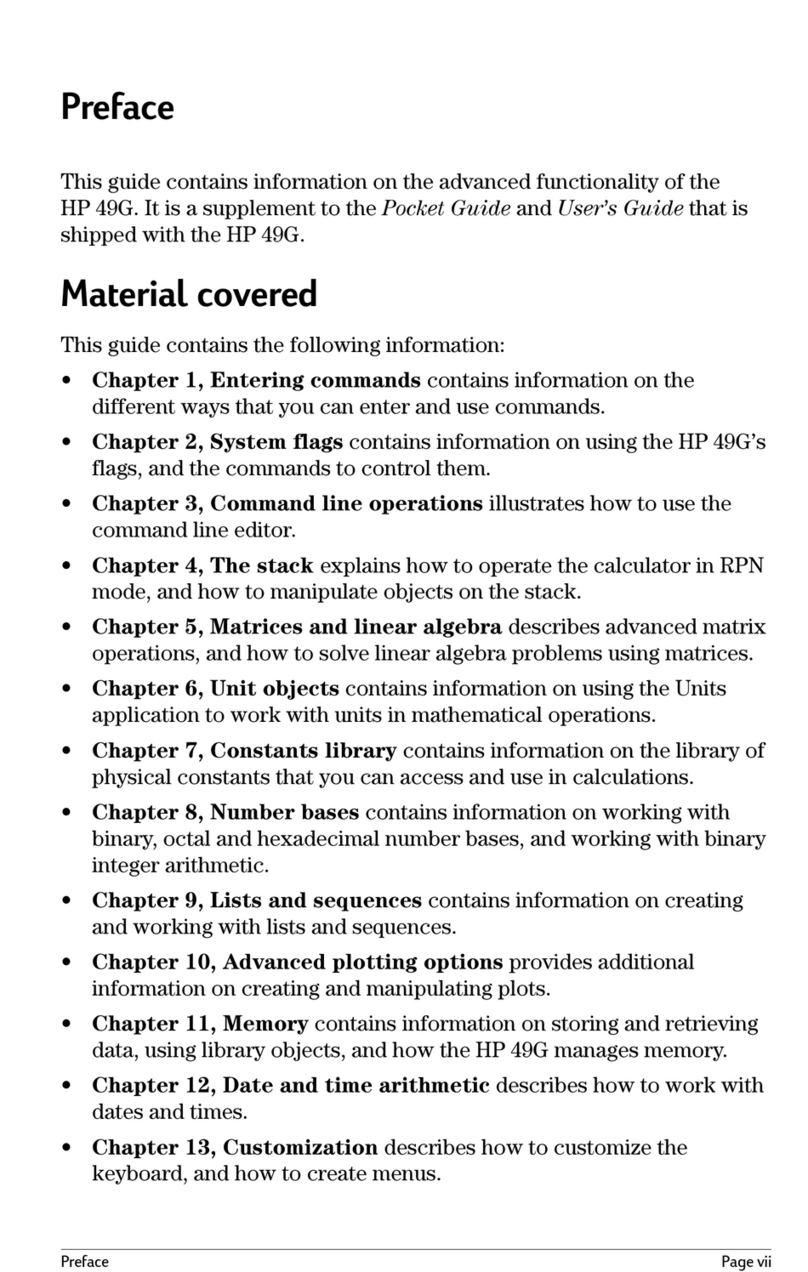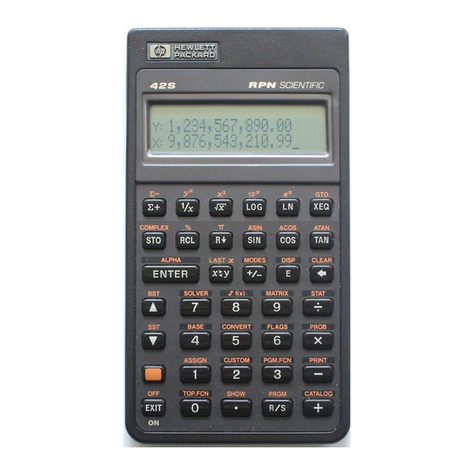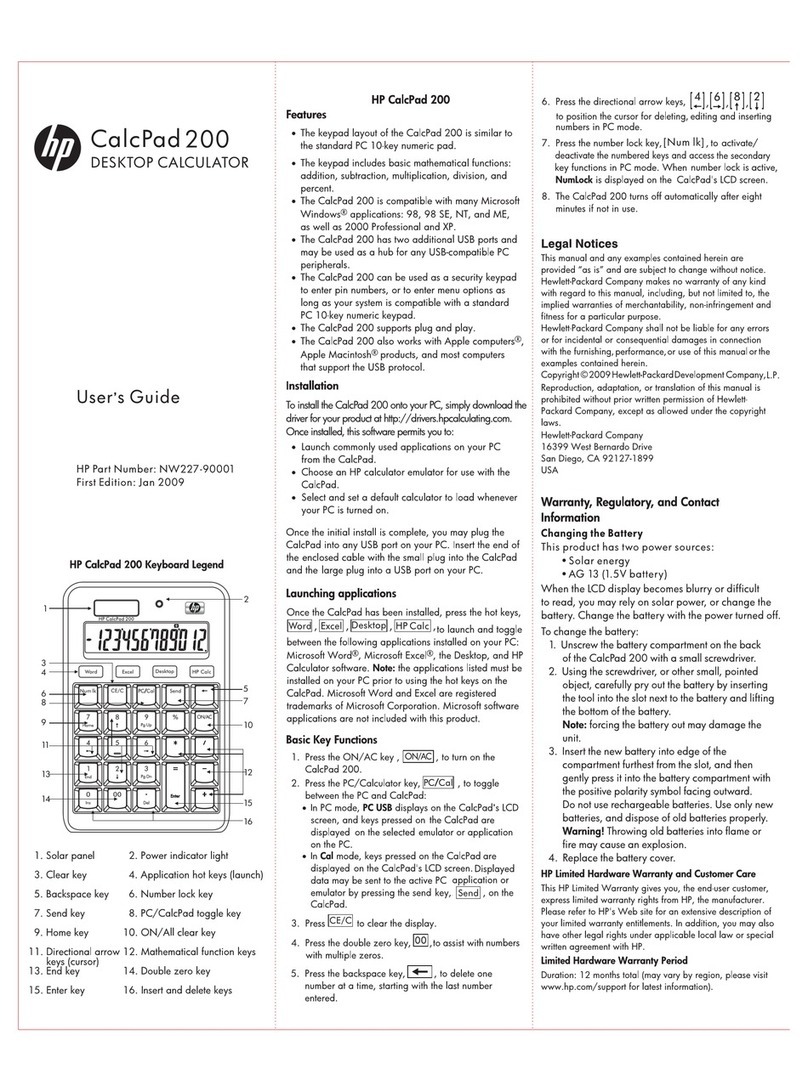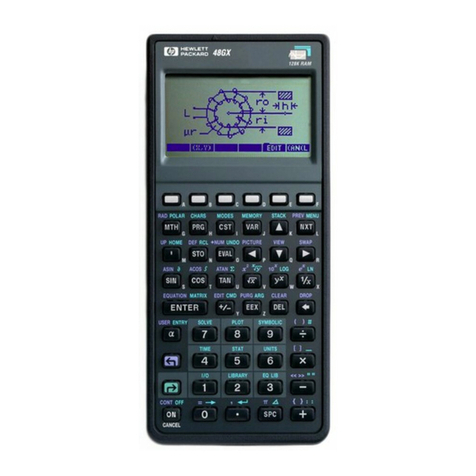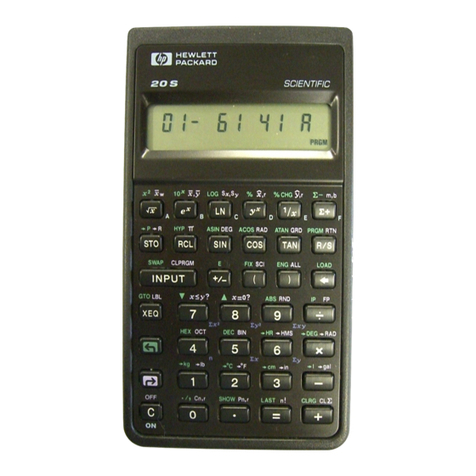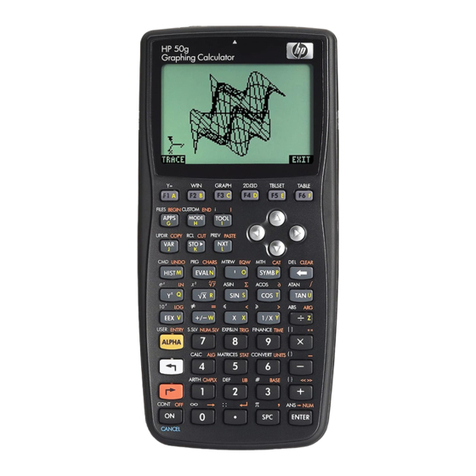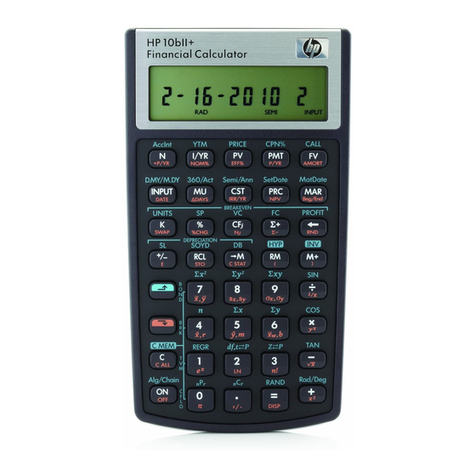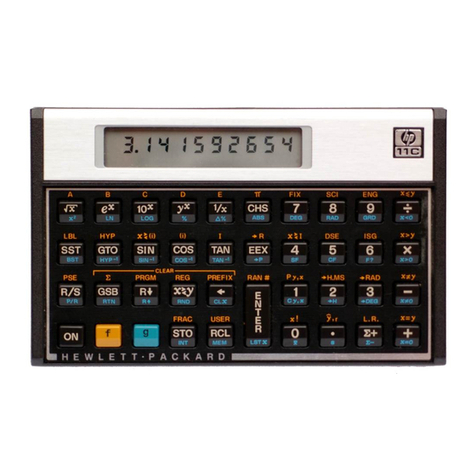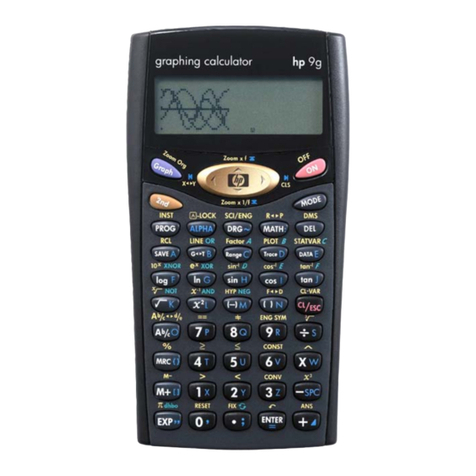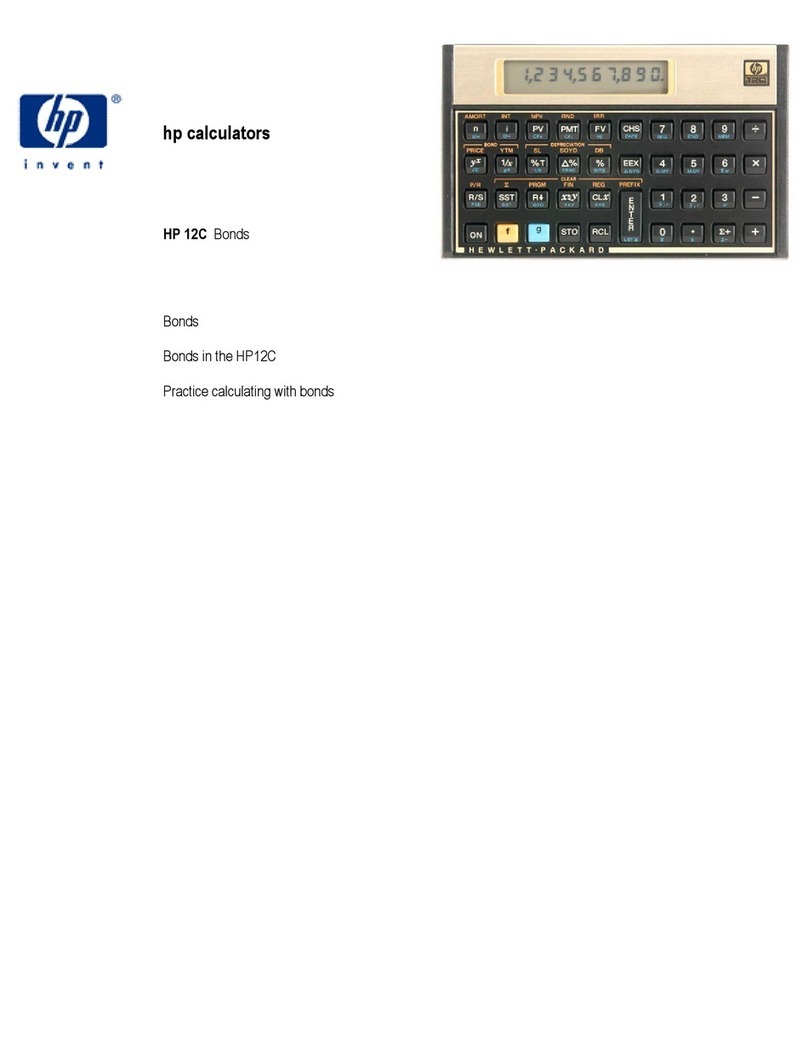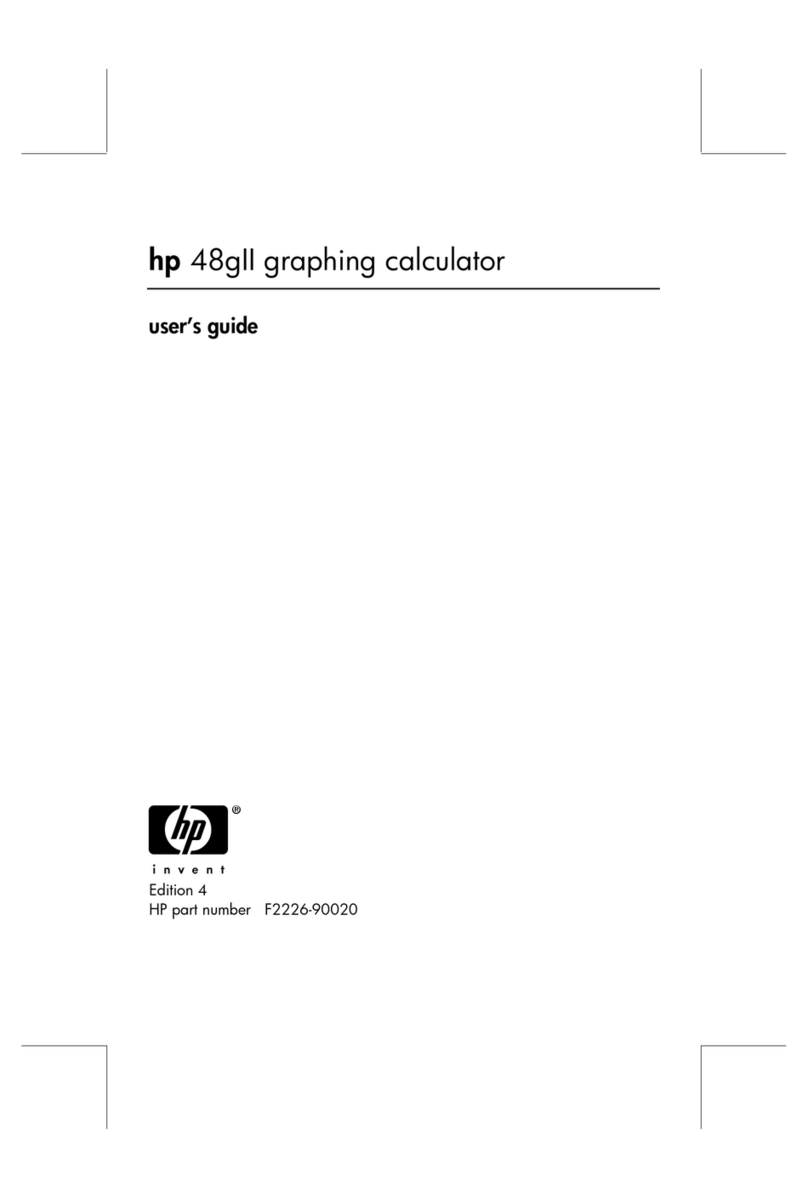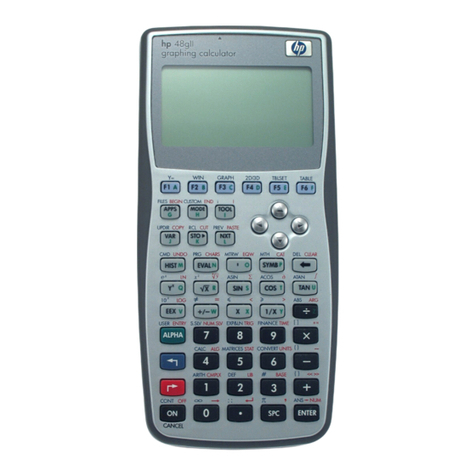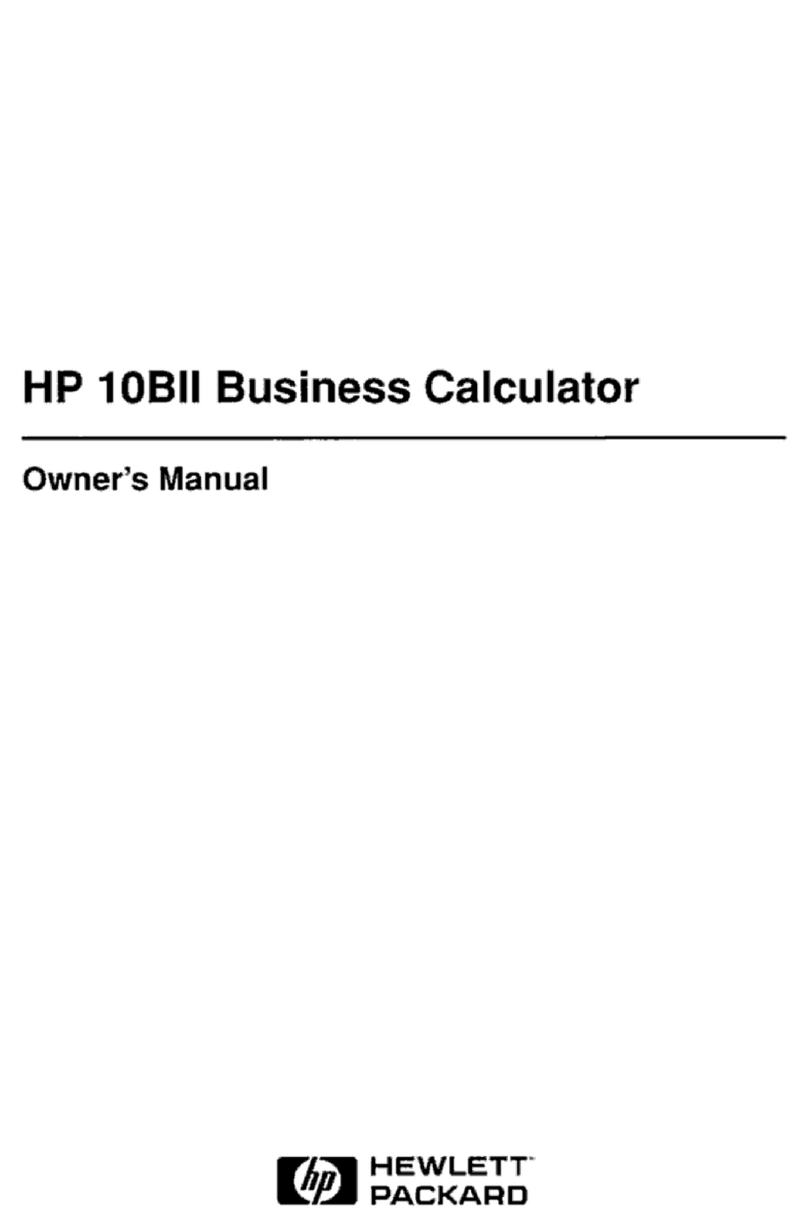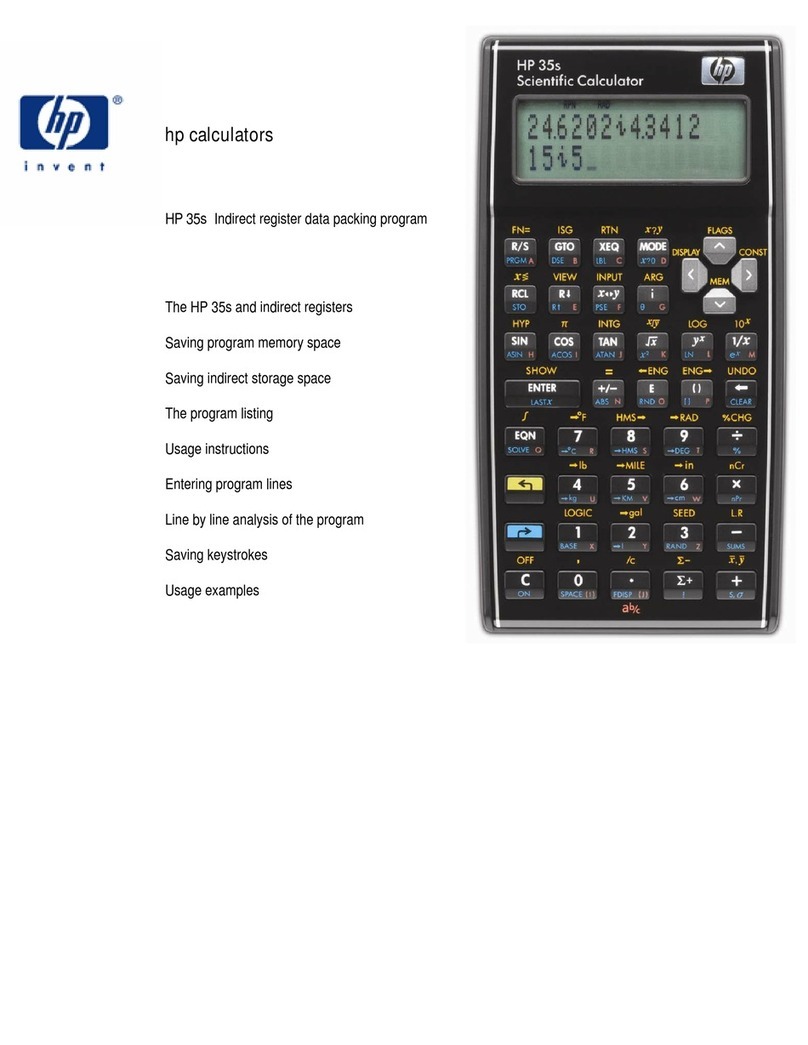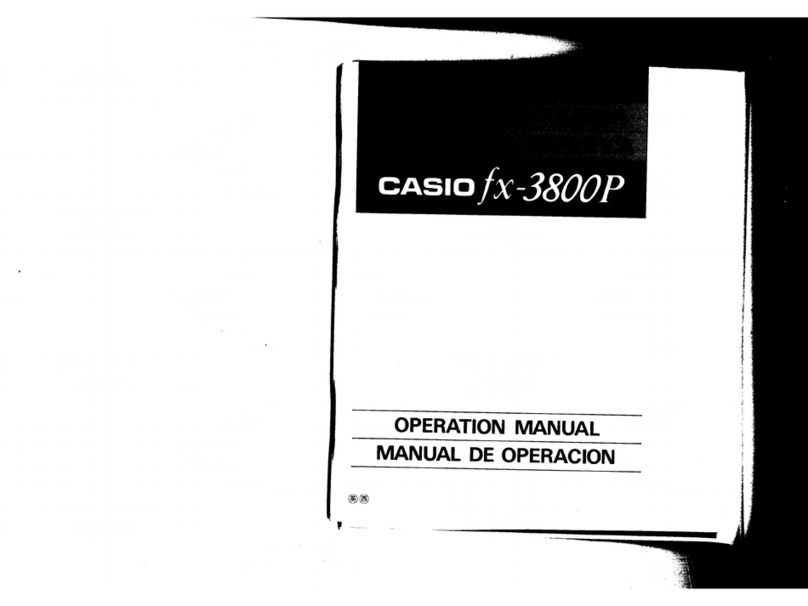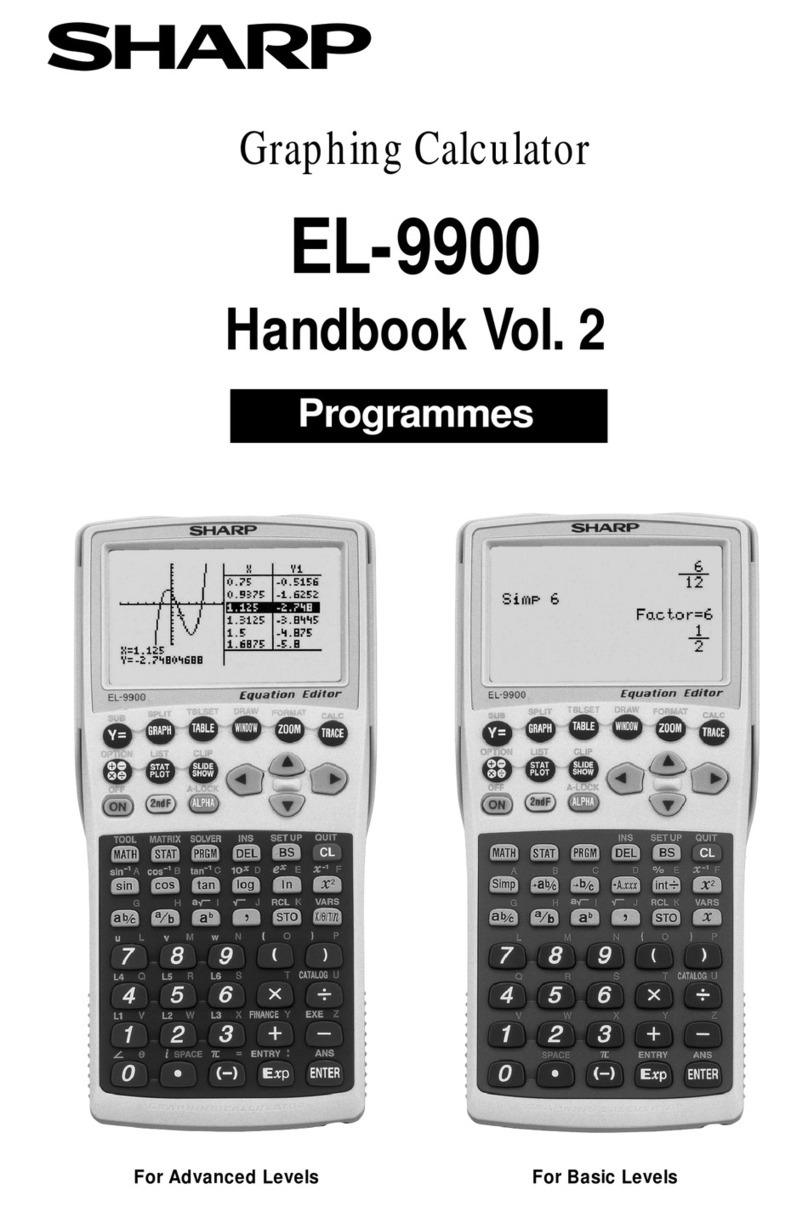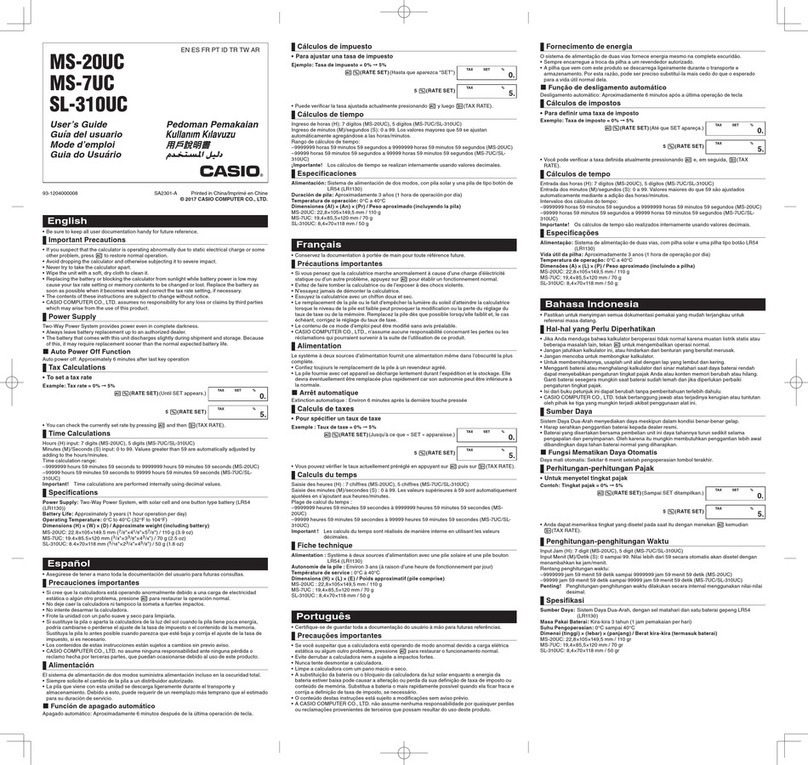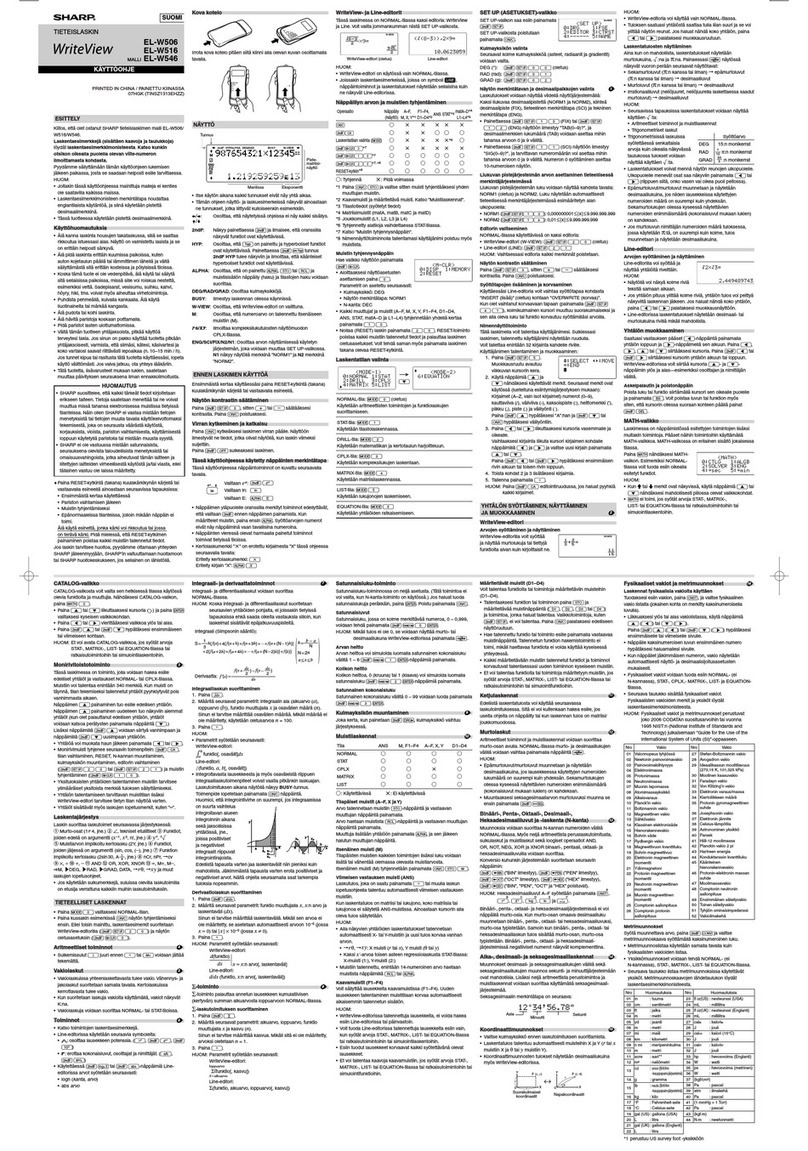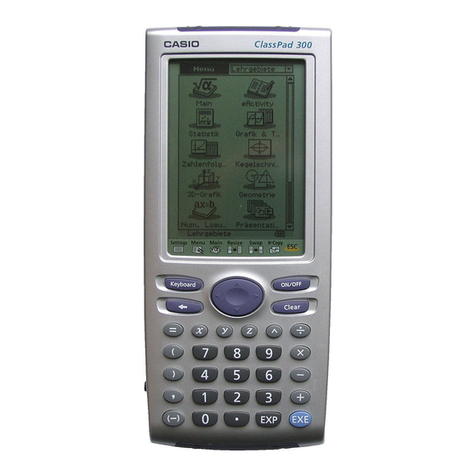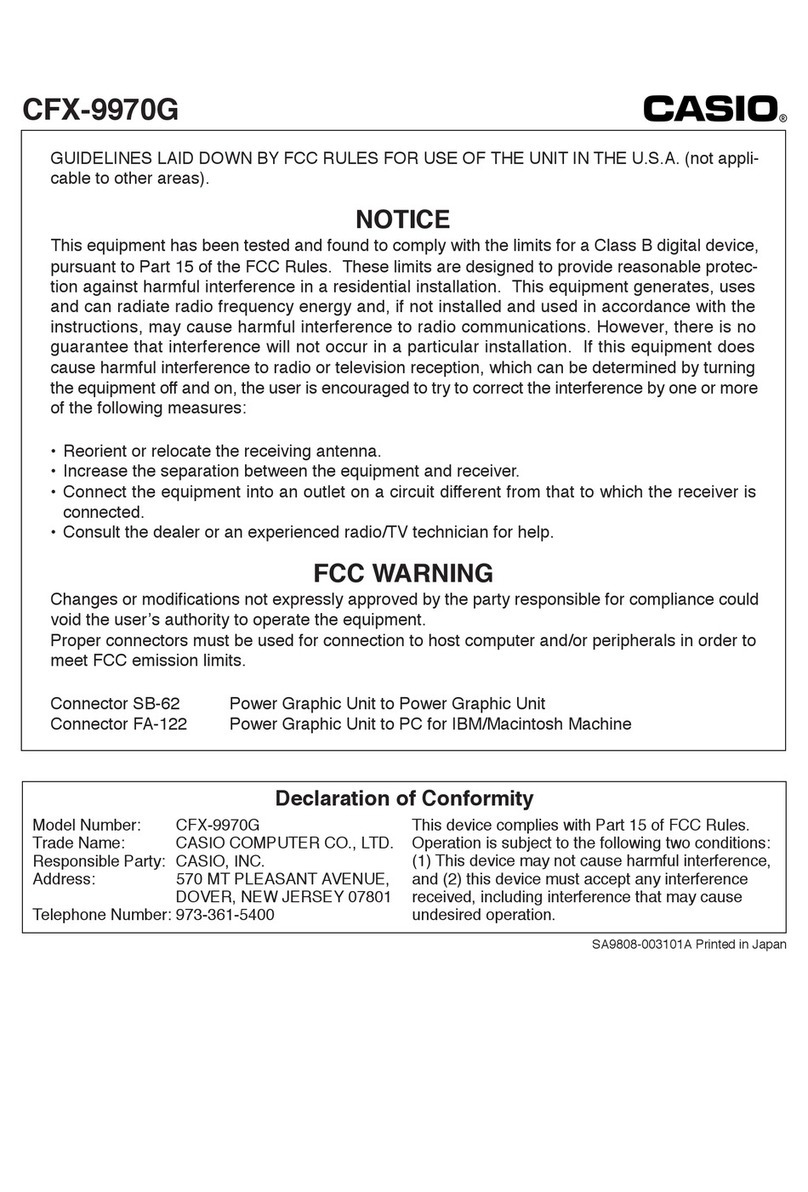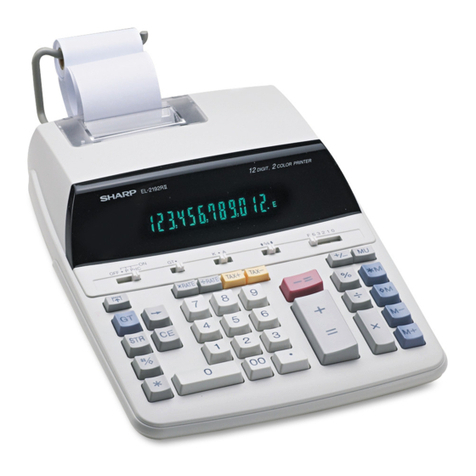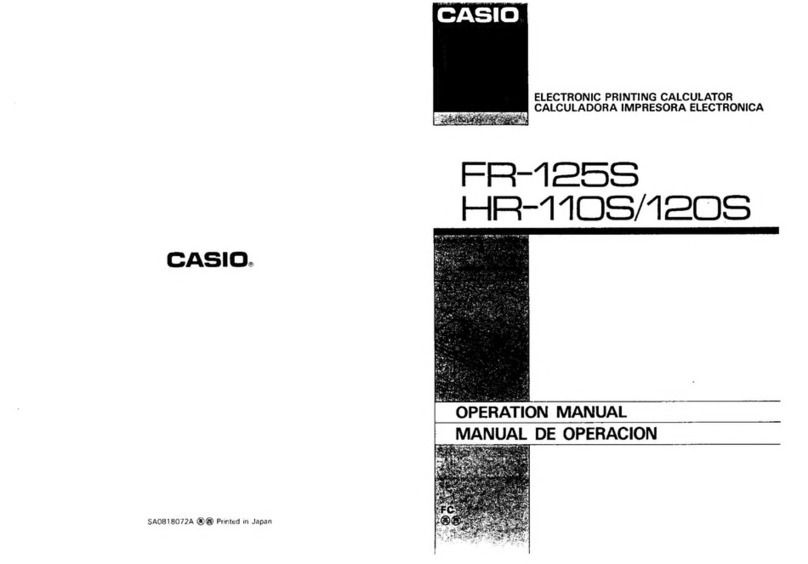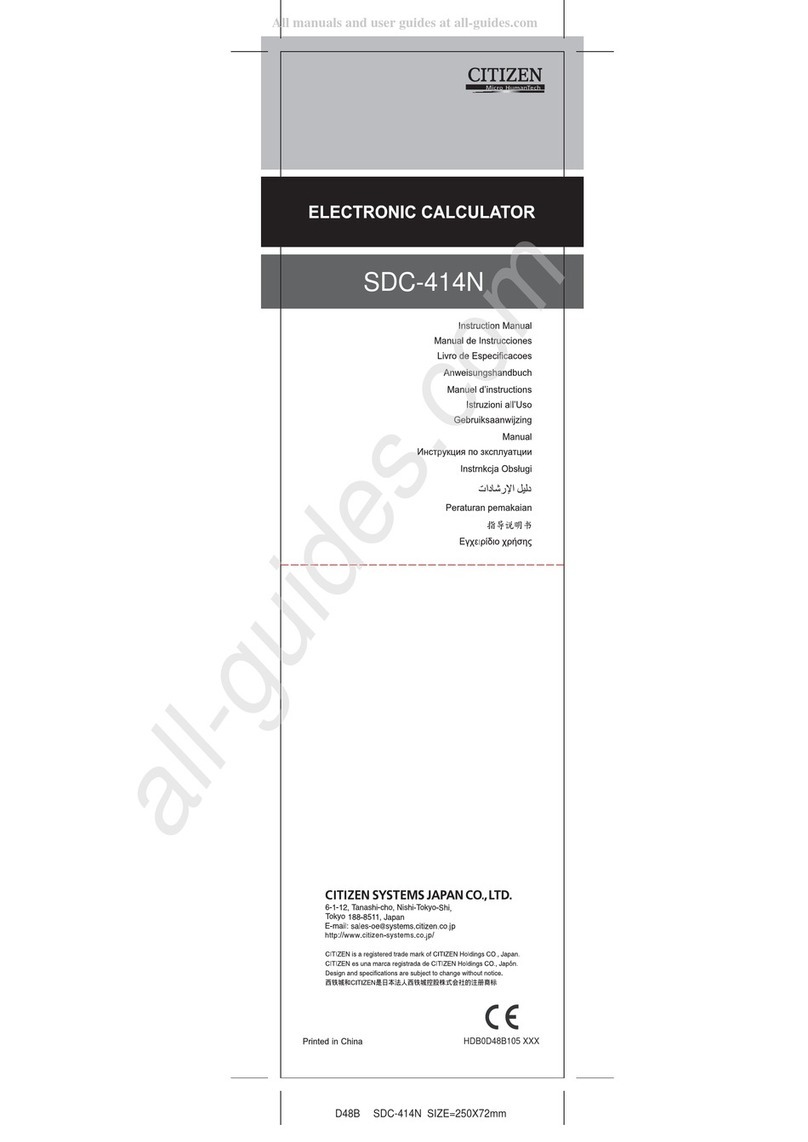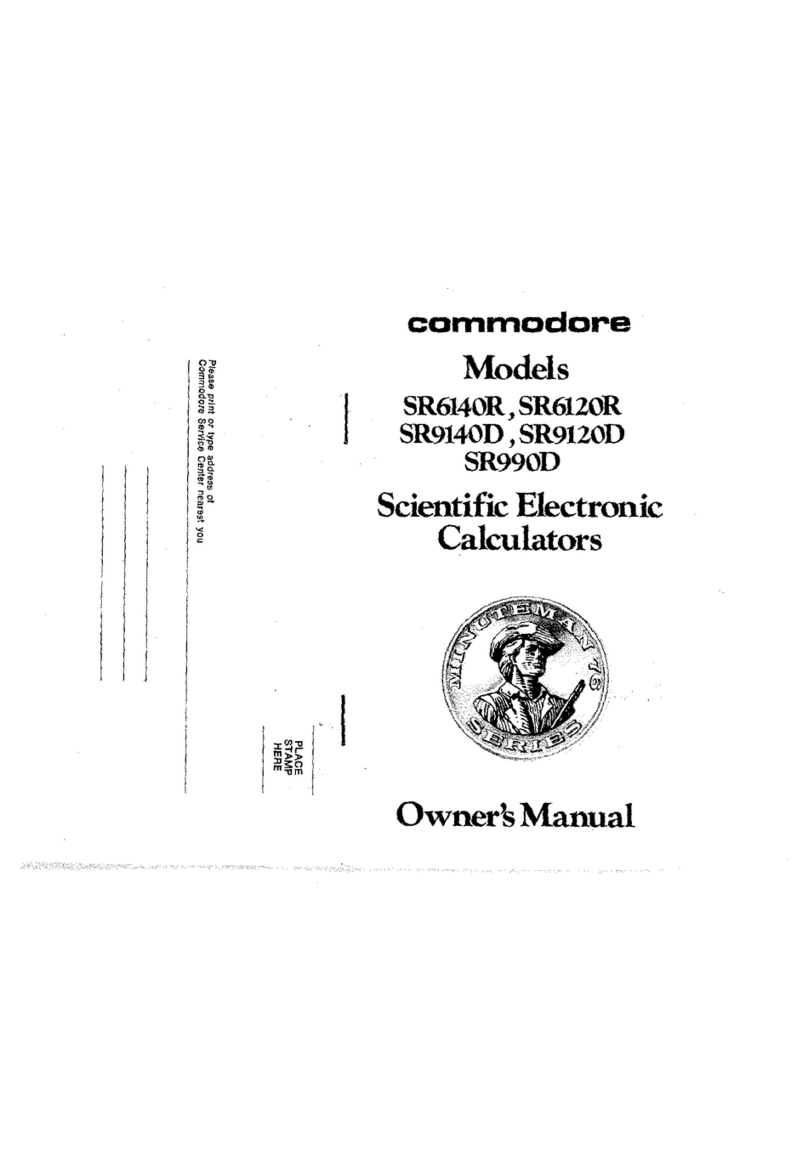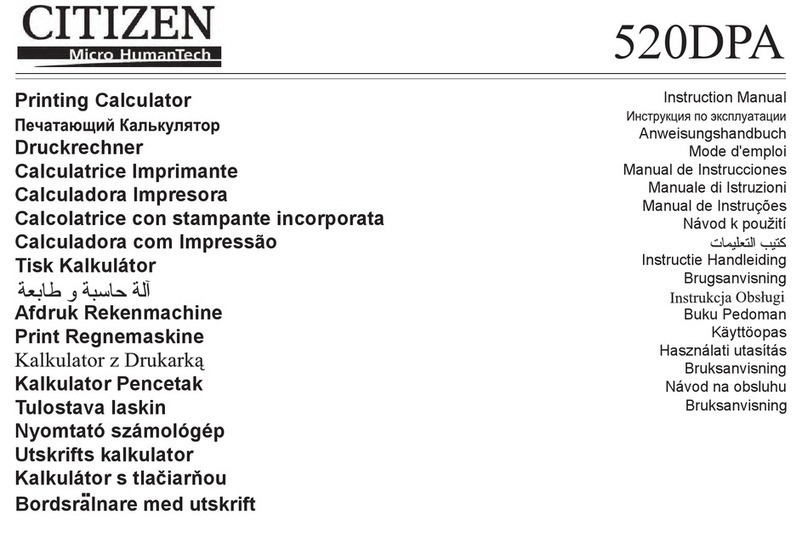
FRAM71B User’s Manual
FRAM71B 1.00 - 5 - ©Hans Brueggemann, 2016
1LicenseAgreementandCopyright
IMPORTANT - READ CAREFULLY
This license and disclaimer statement constitutes a legal agreement ("License Agreement")
between you (either as an individual or a single entity) and Hans Brueggemann (the "Au-
thor"), for this software product ("Software"), including any software, media, and accompa-
nying on-line or printed documentation.
BY DOWNLOADING, INSTALLING, COPYING, OR OTHERWISE USING THE SOFTWARE, YOU
AGREE TO BE BOUND BY ALL OF THE TERMS AND CONDITIONS OF THIS LICENSE AND
DISCLAIMER AGREEMENT.
This software is freeware. You can use this software royalty-free for private and non-
commercial purposes. You can freely distribute copies of the main archive as long as no al-
terations are made to the contents and no charge is raised except a reasonable fee for dis-
tributing costs. You may not modify, reverse engineer, decompile, or disassemble the object
code portions of this software. This Software is owned by Hans Brueggemann and is protect-
ed by copyright law and international copyright treaty. This software is provided "as is" and
without any warranties expressed or implied, including, but not limited to, implied warran-
ties of fitness for a particular purpose. In no event shall the author be liable for any damages
whatsoever (including, without limitation, damages for loss of business profits, business in-
terruption, loss of business information, or other pecuniary loss) arising out of the use of or
inability to use this software or documentation, even if the author has been advised of the
possibility of such damages.
The FRAM71B module, FRAM71B hardware and FRAM71B firmware are
Copyright (c) Hans Brueggemann, 2016
2TL;DR
Follow the installation instruction in chapter 7. Now, we can configure the amount of
memory we want in our HP-71B. Say,we want an extra of 4 modules x 32 KB = 128 KByte of
RAM on top of the internal 16 KByte of the calculator.
We have to tell the FRAM71B two things: What type of memory we want and where
FRAM71B should reserve it in its own memory space.
1) In this case, we want memory type "9" (which stands for "RAM, single module") and
2) Have FRAM71B place it in its internal locations (F_Blocks) 3, 4, 5, and 6.
3) Finally, we need to know where to put all these informations: "2C000".
4) Thus: POKE"2C000","9394959600" [END LINE] [SHIFT] [OFF] [ON].
5) Now, check the amount of memory available: [MEM] [ENDLINE] à147xxx.
6) Read The Fine Manual.
